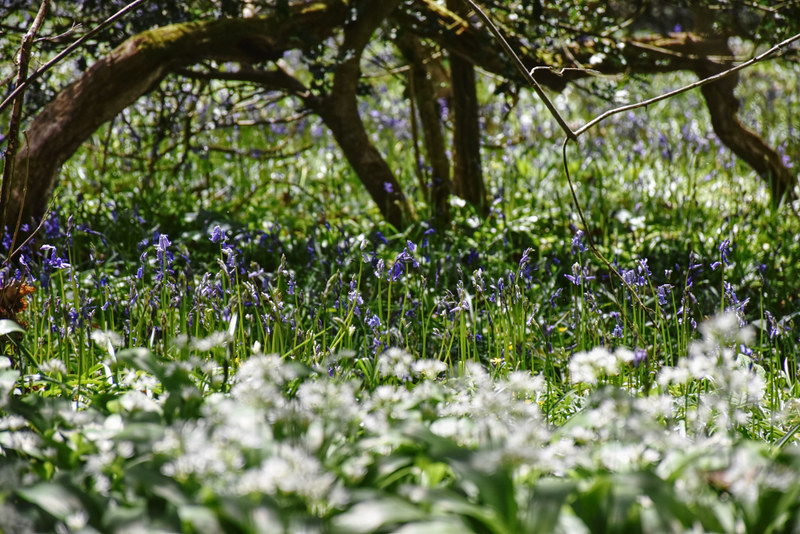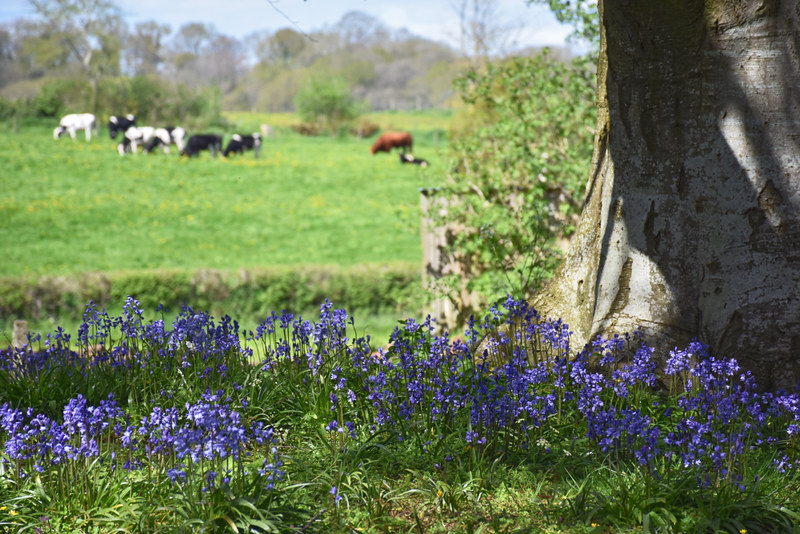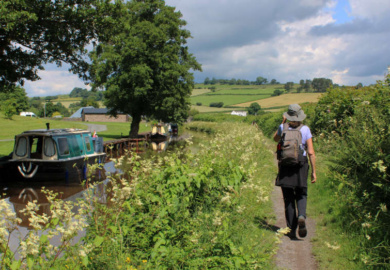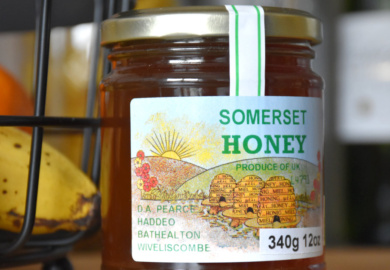When we lived abroad, I felt pangs of jealousy whenever I saw photos of bluebell woods in Britain. There is something enchanting about shafts of sunlight penetrating the forest canopy to shine their spotlight on a magical carpet of violet-blue floral bells. To gaze over a carpet of bluebells in bloom is a special experience you don’t really tend to find in other European forests.
We’ve walked through atmospheric, swirling mists in the ancient laurisilva forests of the Canary Islands; marvelled at the ironic kaleidoscope of colours in Germany’s Black Forest in autumn; and stopped ourselves from going stir crazy on the farm where we lived in Portugal during the Covid pandemic with daily escapes into an adjacent cork forest with its eye-catching, stripped oaks. None put a smile on the face the way a wood decorated with bluebells does.
It is one of Britain’s great natural attractions. Search Google for bluebell woods around Europe and you’ll find pages and pages of locations in Britain, with Belgium’s Hellerbos forest turning up to represent the rest of Europe. Despite being a native of western Europe, they are relatively uncommon outside of the UK, home to half of the world’s bluebells.

The magic of bluebells
Using ‘magic’ or ‘enchanting’ to describe bluebell woods feels as though it’s crossing into cliché territory, but it’s difficult not to. These are, after all, flowers whose alternative names include fairy flower, cuckoo’s boots, and witches’ thimbles. Old tales have it that they were commonly used in witches’ potions and warn if you wander into the centre of a patch of bluebells, you may become trapped by faeries. Even worse, folklore has it they were used by faeries to summon other faeries to a gathering, but if a human happened to hear bluebells ringing, it was pretty much a death sentence – a case of for whom the bluebells toll.
Bluebells in Somerset
Last year we somehow managed to miss seeing any impressive displays. This year we were determined to rectify this, so started researching nearby locations where we could find bluebell woods in Somerset. Within walking distance is Wilscombe Woods at Milverton, but it’s private and only opens to the public for bluebell viewing on one day. Further afield, Thurlbear Woods to the south east of Taunton looked promising. Not too far away in neighbouring Devon, Buzzards Woodland also appealed. We planned to visit one or both as soon as the weather looked promising.
Then, on glorious May Day, we wandered over hill and dale to the May Fair at Milverton, the path crossing through the middle of a large field of rapeseed. When we walked this way at Easter, the route was easily passable. A couple of weeks on, and the rapeseed had closed in, creating a barely penetrable jungle of sunburst yellow plants. As a result, we emerged from the field looking like we’d contracted some disease which left yellow speckles all over our bodies.

Not keen to repeat the experience, we took a different route back home, following a path we hadn’t walked before. The first surprise was it was delightful, most of the route skirting the edge of a small wood which provided dappled shade. The second surprise was a section of it was lined with a profusion of wild garlic, something we developed a taste for last year. But the best bit was the floor of the woods was awash with a dense carpet of bluebells in bloom. They weren’t quite at their best, but they were very close. It was also mid-afternoon, so the light wasn’t ideal for photography, but nevertheless I was blown away, and planned to return when conditions were at their peak.
Some of the locations listed on Google as being the places to see bluebell woods are worthy of a visit in their own right either because they are part of the grounds of a country estate or are in a nature reserve. But there is something rather special in stumbling over an impressive display of witches’ thimbles in an unassuming spot which doesn’t have a ‘name’ attached to it. Something, dare I say it, more magical.



